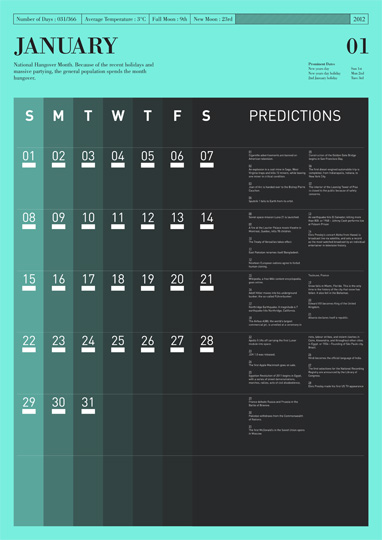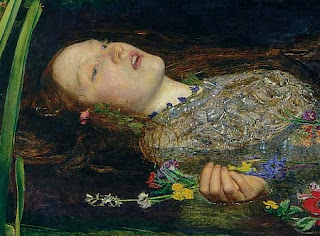Art critique and patron John Ruskin (1819 - 1900) classed painters of his generations as 'Modern' such as the pre-raphaelite
brotherhood.
Modern perceived as
progressive and
radical. The 'NEW'. Vital to the progression of fashion.
Paris Exposition (1855) showed the pinacles of 'modern' art, design and
technology in the city which was viewed as the most modern city in the world.
This shift from old to new was brought about from
Urbanisation. Technological discovery's led to a move from the rural to the industrial. Transport links, Telephone lines, New forms of global entertainment etc resulting in the world effectively getting smaller resulting in new ways of looking at the world obviously influencing art and design.
Cities like london and paris struggling in efforts to be regarded as the most modern.
Also classed as a period of enlightenment as notions changed from religion and superstition to
science and reason.
The
city became the beacon for all things modern.
Modern design such as the eiffel tower radicalised things by using modern materials and vast scale.
World time was established, again uniting a world which was once distant.
Paris went through a period known as
'Haussmannisation'. The old Paris centre which was dirty and poor was ripped out/flattened and re-thought by a designer named Haussmann. It became awash with large boulevards that allowed easier access to the city by the army and police therefore making the people easier to control. This also brought about a shift from the centre being working class to upper class and bringing about further class separation.
 |
Georges-Eugène Haussmann |
Growth of psychology in the late 18th Century as they try to break down the effects these drastic changes are having on peoples minds.
Art, Culture and Technology merge.
Technology forces artists and designers to view the world and people differently.
The mass society layout's of cities brings about greater differences between people as faceless anonymous tendencies creep in.
This technology inspires new artistic techniques.
Paintings begin to experiment with cropping due to inspiration from the budding medium of photography.
 |
| Kaiserpanorama (1883) |
Technology becomes a barrier between direct human interaction.
Creates anti-modernists such as Max Nordau who are against this shift in society.
MODERNISM - Emerges out of the experiences artists and designers are having with this modern society - Modernity.
Photography again makes painters experiment away from realism due to photography being the ultimate form of this.
Modernist icon art school the Bauhaus opens. Fully flexing it's modernist views into every aspect of art and design.
-Anti-Historicism
-Truth To Materials.
-Form Follows Function.
-Technology.
-International.
 |
| Bauhaus - Modernist Art School and Building. |
"Ornament is Crime" - Adolf Loo's
- Simple effective design will always stay in fashion no matter how much to trends change.
Sans Serif typefaces were created by Herbert Bayer to get rid of unnecessary ornament on type. However serif fonts being created at the same time such as 'Times New Roman' by Stanley Morrison.
Mass production was leveling out the differences in class allowing cheap affordable design for everyone.
Material's.
-Concrete.
-Plastics.
-Steel.
-Aluminium.
-Reinforced Glass.
CONCLUSION
MODERNITY (1750 - 1960) - Social and Cultural experience.
MODERNISE - The range of styles that sprang from modernity.








































